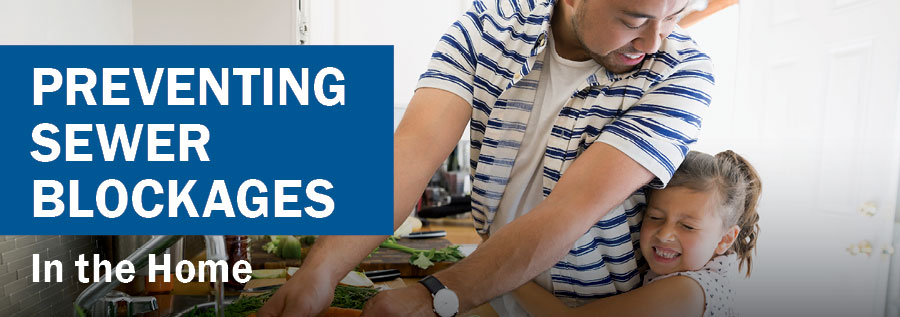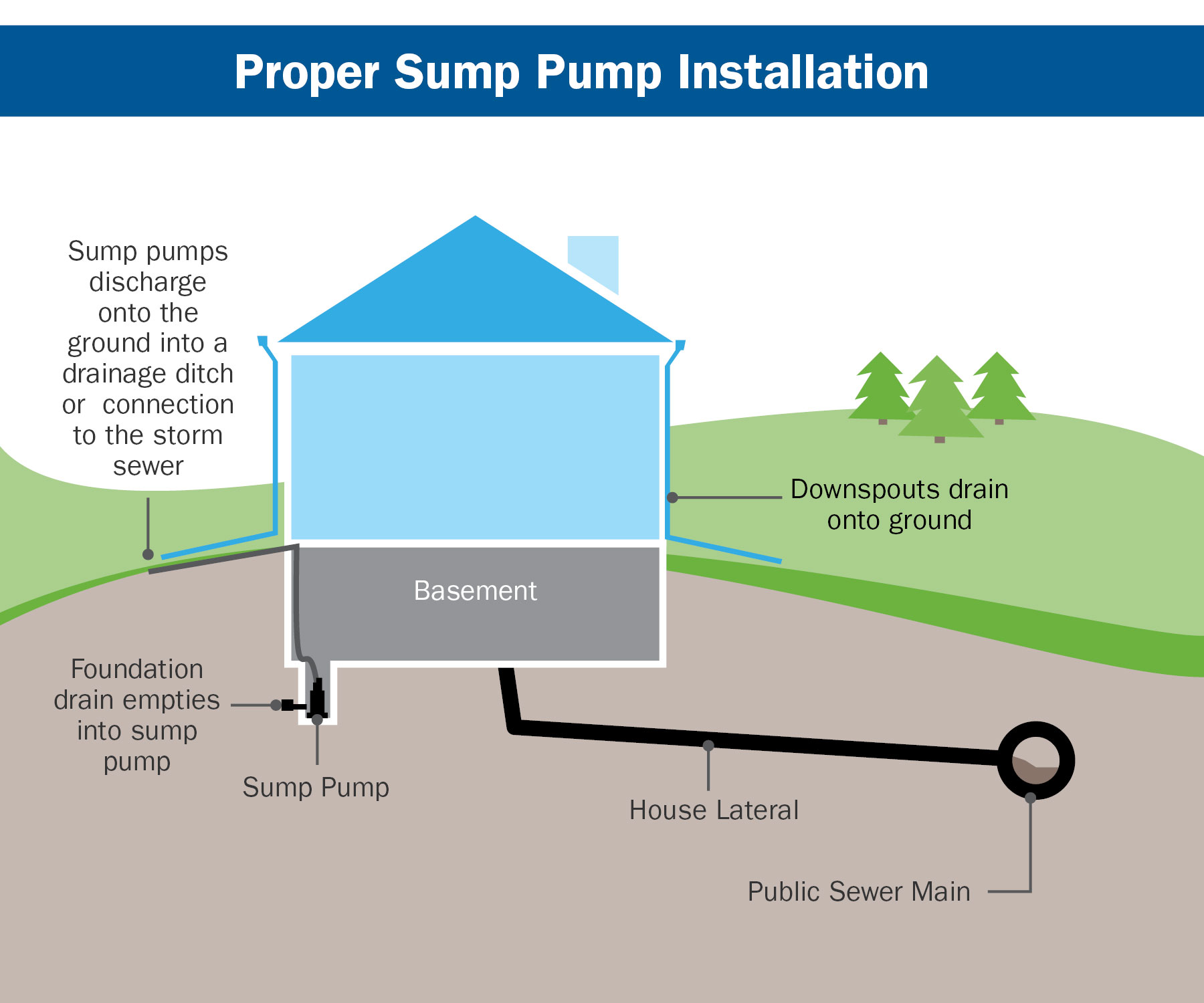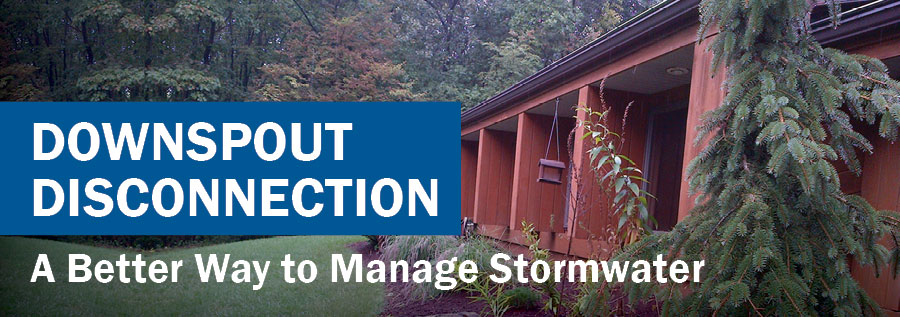GREEN INFRASTRUCTURE
COMBINED VS. SEPARATE SYSTEMS
In a Separate Sewer System, sanitary waste and stormwater are each transported through a separate and distinct piping system. Many municipalities are served by separated sewer collection systems. Combined Sewer Systems are also very common, where sanitary waste and stormwater combine and ow through one collection system. During large rain events, excess stormwater in a combined system can cause Combined Sewer Overflows, or CSOs. CSOs occur when too much wastewater enters the collection system and the excess, untreated water discharges into local tributaries. CSOs can adversely impact water quality in rivers and streams.
.jpg?language_id=1)
IMPROVING THE HEALTH OF OUR WATERWAYS
The Clean Water Act requires municipalities with combined systems to reduce and eliminate overflows by separating their stormwater and sanitary wastewater collection systems. Residents are also an important part of this cooperative effort to comply with the demands of the Clean Water Act and improve water quality.
Green Infrastructure is a cost-effective approach to managing stormwater that provides many community and environmental bene ts by slowing the movement of water runoff. Examples of Green Infrastructure include rain gardens, rain barrels, and permeable surfaces such as sidewalks or parking lots. By absorbing, storing and sometimes ltering this water, Green Infrastructure minimizes polluted runoff entering the collection
system, helping reduce the frequency of CSOs. Homeowners can help their communities comply with the demands of the Clean Water Act by integrating Green Infrastructure into their property and helping reduce the harmful impact of stormwater runoff.
LEARN MORE
For more information on managing stormwater around your home, visit us online at pennsylvaniaamwater.com.
Soaking Up Stormwater (Green Infrastructure Factsheet)
Downspout Disconnections:
Disconnection is a low-maintenance and inexpensive option to help move stormwater away from your home’s foundation and prevent it from entering the wastewater collection system, allowing it to soak into the ground at a natural rate.
For more information on:
Detailed information on how to disconnect your downspout
Preventing Sewer Overflows:
Many sewer blockages occur between the house or business and the utility’s sewer main, where the property owner is responsible for correcting the problem. Avoiding blockages could mean avoiding an unnecessary plumbing bill. For helpful tips on how to help prevent blockages from fats, oils and grease, click here.

Sump Pumps:
Homeowners should be aware that connecting sump pumps to the sanitary sewer is illegal, plus it can cause big problems! Learn more.

Rain Barrels:
A Rain Barrel collects stormwater as runoff from rooftops and temporarily stores it for later use. Rain barrels are typically installed on the ground near a building and are connected to one of its downspouts. Using a rain barrel is a simple way for homeowners to contain a small portion of the precipitation from their roofs and reuse it in a sustainable way. Not only are rain barrels inexpensive, but they are also easy to install and require little maintenance. For more information on: Rain barrels | Step-by-step guide to Installing a rain barrel

